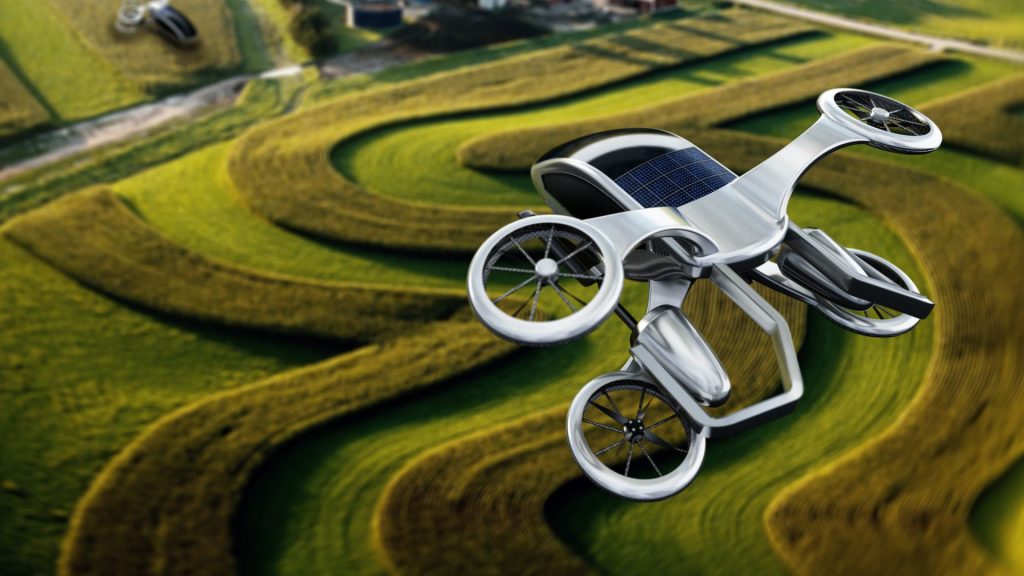Researchers from Lawrence Berkeley National Laboratory and the University of Michigan have enlisted the help of modern biology labs to explore ways to improve battery performance in electric planes, using techniques that help us better understand cells and could pave the way for an emission-free future of air travel.
The types of batteries we have developed so far have made the electrification of road transport relatively easy: they can provide sustained energy for long periods of time, allowing cars and trucks to travel longer distances.
But flying poses a different kind of challenge: aircraft require significant power during takeoff and landing, and sustained power throughout the flight. For air travel to be sustainable through the use of battery technology, batteries must be able to fulfil this dual role.
Traditional batteries aren’t designed to fulfill this dual role, in part because of a lack of understanding of how the complex reactions between the anode, cathode, and electrolyte work, according to Youngmin Ko, a postdoctoral researcher at Berkeley Lab.
How can omics help?
For centuries, biologists have sought to understand the roles of cellular components and their complex interactions. In the past few decades, researchers have adopted a broader approach, studying cellular components together with other components rather than studying them in isolation.
In biology, this is called omics (the sum of a cell’s components) and is helping researchers better understand the role of the genome (Genomics), proteins (proteomics), and metabolites (metabolomics).
Researchers at Berkeley and the University of Michigan have also used the technique to understand reactions between multiple components of a battery.
They focused on lithium-ion batteries, which are currently widely used in the market but are not yet able to meet the demands of long-distance transportation.
Battery improvements
Using omics techniques, the researchers determined that the root cause of lithium batteries’ inability to deliver high power for extended periods was not a problem with the anode, as previously thought, but rather the cathode.
The researchers discovered that mixing certain salts into the electrolyte forms a protective coating around the cathode, making it more resistant to corrosion and improving performance.
“We found that mixing salt into the electrolyte reduces the reactivity of normally reactive materials, forming a stable corrosion-resistant coating,” Ko added in the press release.
For this project, researchers partnered with industry to use their new knowledge to design new batteries for electric aircraft. The team found that the new battery design was four times better than conventional batteries in terms of the number of cycles it could last while maintaining the power-to-energy ratio needed for flight.
The team is currently building a battery capacity of 100kWh. Electric vertical take-off and landing The company also plans to put eVTOL aircraft into practical use by 2025.
“Electrification of heavy transportation, including aviation, has been understudied,” said Berkeley Lab staff scientist Brett Helms. “Our research redefines what’s possible and pushes the boundaries of battery technology to enable deeper decarbonization.”
The researchers plan to continue using omics approaches to explore the interactions of other battery components and improve battery performance.
The findings were published in the journal. Joule.
About the Editor
Ameya Pareja Ameya is a science writer based in Hyderabad, India. He’s a molecular biologist at heart who put down his micropipette to write science during the pandemic, and he has no plans to go back. He loves writing about genetics, microbiology, technology, and public policy.


